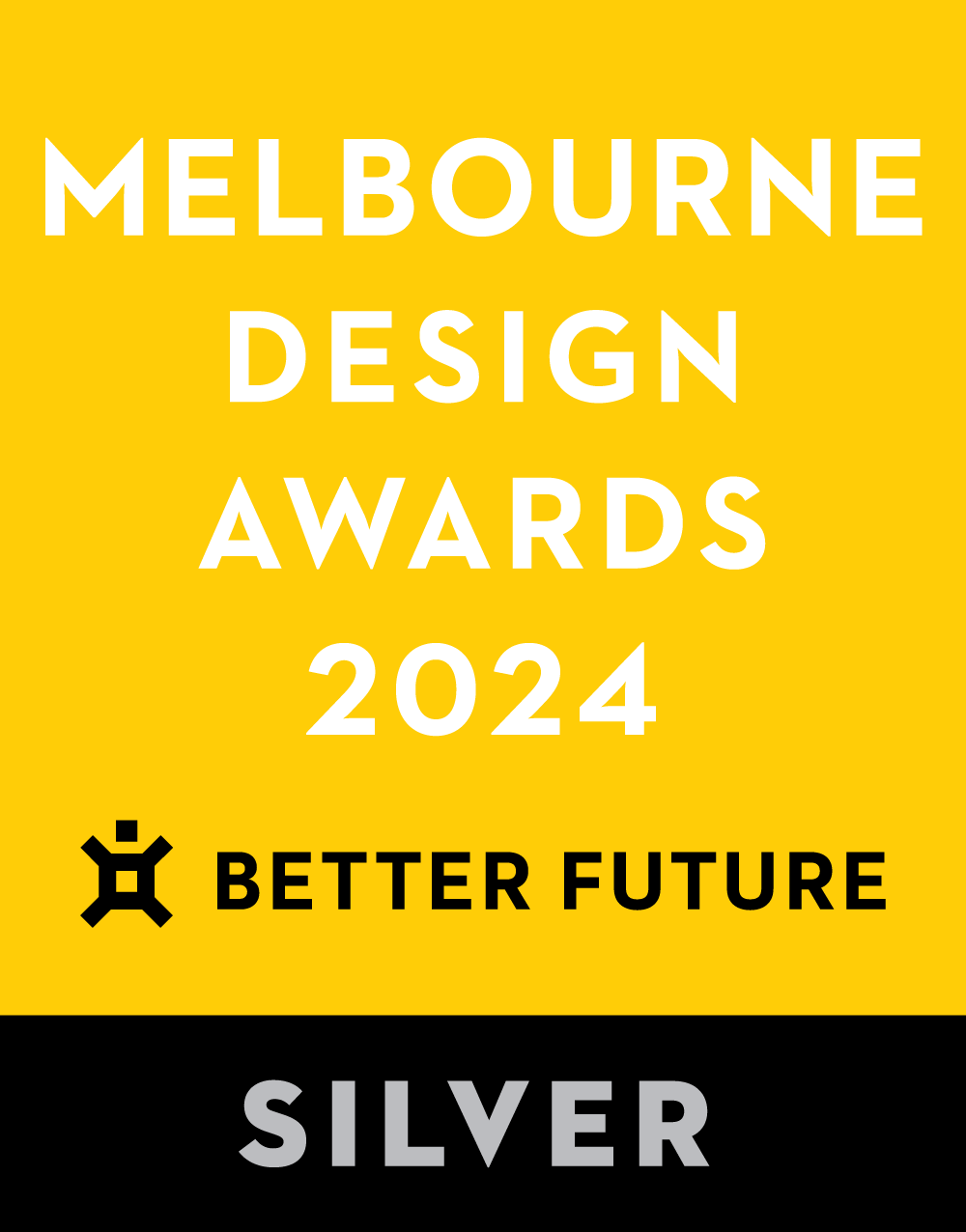Key Dates










Image Credit :

Project Overview
In today's fast-paced and stressful world, people often find themselves in need of a place to unwind, relax, and slow down their pace of life. To address this need, this project takes a unique approach to traditional housing. It starts with a focus on sensory experience, using the "wabi-sabi aesthetics" as a guiding principle for the overall planning process. The design incorporates a range of elements to create a harmonious, serene, simple, and pure spatial atmosphere. This includes the use of low-saturation colors that are calming to the eye, curved elements that add a sense of fluidity to the design, and simple materials that create a sense of warmth and comfort. The goal of this design is to provide an environment that promotes relaxation and mindfulness. By stripping away unnecessary elements and simplifying the design, the homeowner can leave behind the complexity of their thoughts and focus on the beauty of life. The result is a space that feels natural, peaceful, and serene.
Organisation
Team
Li Wei Fan
Project Brief
The space is designed to create a warm and serene atmosphere, achieved through the use of low-saturated colors, woodwork, and curved surfaces. The walls are coated with beautifully swirled lacquer, adding a unique texture to the surface that perfectly embodies the essence of wabi-sabi style - the acceptance of life's imperfections. The tea room design is inspired by Oriental Zen and aims to create a peaceful and calming environment. The use of spatial imagery of a withered landscape adds to the overall atmosphere, creating a scene of slow living for the residents. The layered mood of the space is further enhanced by the combination of art paints, which add a subtle touch of elegance to the design. Overall, the design creates a natural and simple vibe that is both inviting and comforting.
Project Need
The designers created a well-planned L-shaped open space pattern to enhance the area's usability in the shared living area. One of the compartments was thoughtfully removed and converted into an open tea room, which offers a welcoming and lively atmosphere, resulting in an increase in the light level of the space.
The living room underwent a significant transformation as well. Instead of a bulky TV set and a traditional TV wall, the designers opted for a hidden projection screen and short-throw projection as audio-visual equipment. This not only maintains the functionality of the space but also widens the field of vision in the area.
Design Challenge
The designer's intention was to reduce the number of cabinet configurations that could cause a feeling of space oppression. They accomplished this by skillfully adopting an elevated floor design as the primary storage space. The elevated floor design increases the amount of storage space while avoiding clutter, and it also defines the space between the living room and the tea-making area, making it both practical and aesthetically pleasing.
Sustainability
This project aims to provide a living space that is not only comfortable and healthy but also sustainable for the environment. To achieve this, the space is filled with natural and simple elements, and eco-friendly building materials like zero-formaldehyde and low-formaldehyde paints and panels are used. These materials are known to significantly reduce the harm caused to the human body and the environment.
What's more, the residence features an intelligent central control system that is built on the Apple HomeKit framework. This system enables the remote control of various equipment, such as lighting, curtains, air-conditioning, ventilators, and more, all from the convenience of a mobile phone. This not only provides the owner's family with a smart, energy-saving, safe, and convenient life but also contributes to the global sustainability goals. With this project, you can enjoy a comfortable and healthy living space while also being kind to the environment.
Interior Design - International Residential
Open to all international projects this award celebrates innovative and creative building interiors, with consideration given to space creation and planning, furnishings, finishes, aesthetic presentation and functionality. Consideration also given to space allocation, traffic flow, building services, lighting, fixtures, flooring, colours, furnishings and surface finishes. <div><b>
</b></div>
More Details

